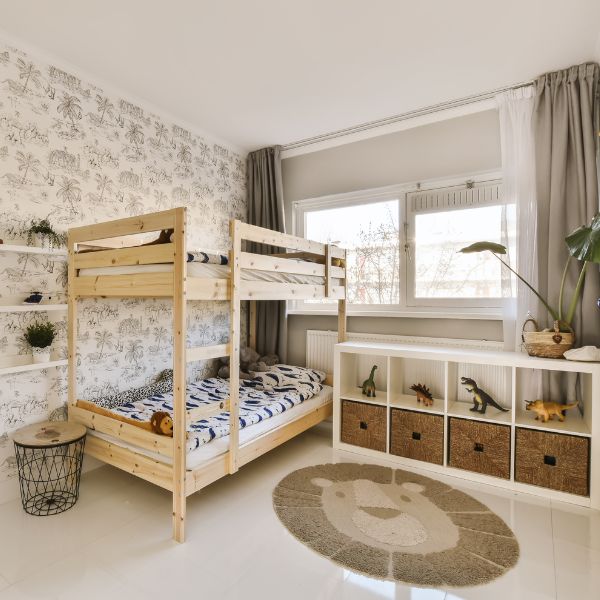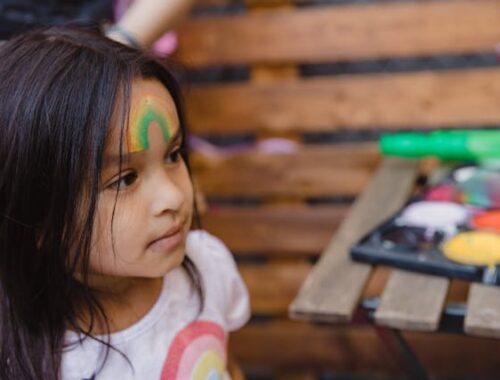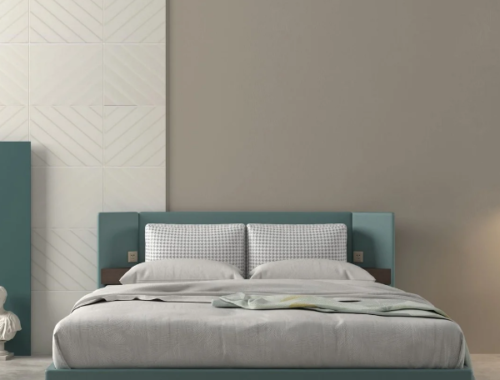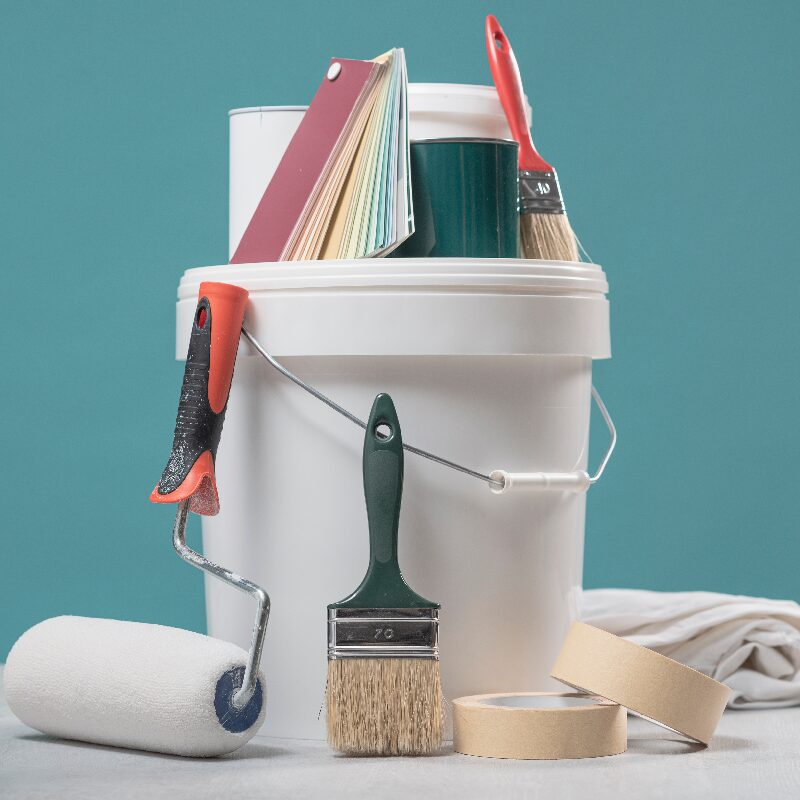
Top 10 Tips for Decorating your Child’s Bedroom
Decorating a child’s bedroom is an exciting opportunity to create a magical space that inspires creativity, learning, and relaxation. Whether you’re designing a room for a toddler, a school-aged child, or a teenager, the key is to strike a balance between practicality and personality. Here are some top tips to help you create a space your child will love, while ensuring it’s adaptable as they grow.
1. Make a Statement with a Feature Wall
Gone are the days when a feature wall meant simply painting one wall a bold colour. Today, feature walls can be transformed into captivating works of art that bring a room to life. One of the best ways to achieve this is with magical murals from Photowall.
Photowall offers a wide range of high-quality wall murals that are easy to install and replace as your child’s tastes evolve. From whimsical fairy tale scenes to vibrant jungle landscapes, these murals can instantly transform a room into a dreamscape. They’re also practical, as they can be customized to fit your wall dimensions perfectly.
The best part? When your child outgrows the design, you can effortlessly swap it for a new one, keeping the room fresh and relevant.
2. Start with a Plan
Creating a personal space for your child is essential for their development and well-being. It fosters independence, responsibility, and a sense of security. Before diving into colours and furniture, take a moment to plan the layout and functionality of the room. Consider the following:
- Zoning the space: Divide the room into areas for sleeping, playing, and studying.
- Storage solutions: Make space for toys, books, and clothes with functional storage options like shelves, bins, or under-bed drawers.
- Future-proofing: Choose furniture that can grow with your child, such as convertible cribs, extendable beds, or desks with adjustable heights.
3. Choose a Theme or Style
Involving your child in choosing a theme or style can make the process more fun and ensure the room reflects their personality. Some popular themes include:
- Nature-inspired designs with greenery, animal prints, or forest motifs.
- Adventure themes featuring maps, planets, or transportation.
- Minimalist styles with neutral tones and clean lines for a calming atmosphere.
For younger children, consider timeless themes that won’t feel outdated as they grow, or opt for elements that are easy to update.
4. Prioritize Comfort
No matter the size, a child’s bedroom should be a cosy retreat where they feel safe and comfortable. Consider these elements to enhance comfort:
- Soft lighting: Use dimmable lights, string lights, or bedside lamps to create a warm ambiance.
- Layered textiles: Add rugs, cushions, and throws to make the space inviting and tactile.
- Comfortable bedding: Opt for high-quality, breathable fabrics in patterns or colours that complement the room’s theme.
5. Incorporate Storage That Works
Clutter can quickly take over a child’s room, so effective storage is a must. Here are some ideas:
- Toy chests or bins for easy clean-up.
- Wall-mounted shelves to display books, trophies, or collectibles.
- Multi-functional furniture like beds with built-in drawers or benches with hidden storage.
Labelling bins and baskets can also help children learn to organize their belongings.
6. Add Personal Touches
Personalizing the space makes it feel truly special. Incorporate elements like:
- Framed artwork created by your child.
- Customized name signs or letter decor.
- Photos and keepsakes displayed on pinboards or shelves.
Letting your child choose a few decorative items ensures the room feels like their own sanctuary.
7. Keep It Flexible
Children’s interests and needs change rapidly, so designing a room that can adapt over time is crucial. Here’s how:
- Neutral base colours: Use neutral tones for walls and large furniture, and add pops of colour with accessories that are easy to swap out.
- Modular furniture: Invest in pieces that can be reconfigured or expanded as needed.
- Removable decor: Opt for peel-and-stick decals, posters, or murals that can be updated without hassle.
8. Encourage Creativity
A child’s bedroom should spark their imagination. Include interactive or creative elements like:
- Chalkboard or whiteboard walls for drawing and writing.
- Craft or reading corners with comfortable seating and supplies.
- Play tents or canopy beds to create a sense of adventure.
These features can make the room a place where your child feels inspired to play and learn.
9. Think About Safety
Safety is a top priority, especially for younger children. Ensure the room is childproofed by:
- Securing heavy furniture to the wall.
- Avoiding sharp-edged furniture.
- Choosing non-toxic paints and materials.
10. Embrace Change
Finally, remember that a child’s bedroom is a dynamic space that will evolve with them. Be open to updating the decor, rearranging furniture, or adding new elements to reflect their changing interests and needs.
Decorating a child’s bedroom is an opportunity to create a space filled with joy, wonder, and comfort. By incorporating versatile elements like murals, thoughtful storage solutions, and personal touches, you can design a room that grows with your child and becomes a cherished part of their childhood memories.
Share the love.
Related
You May Also Like

Teaching your kids essential Money skills.
November 16, 2018
How To Help Develop Your Child’s Social Skills
September 5, 2024



